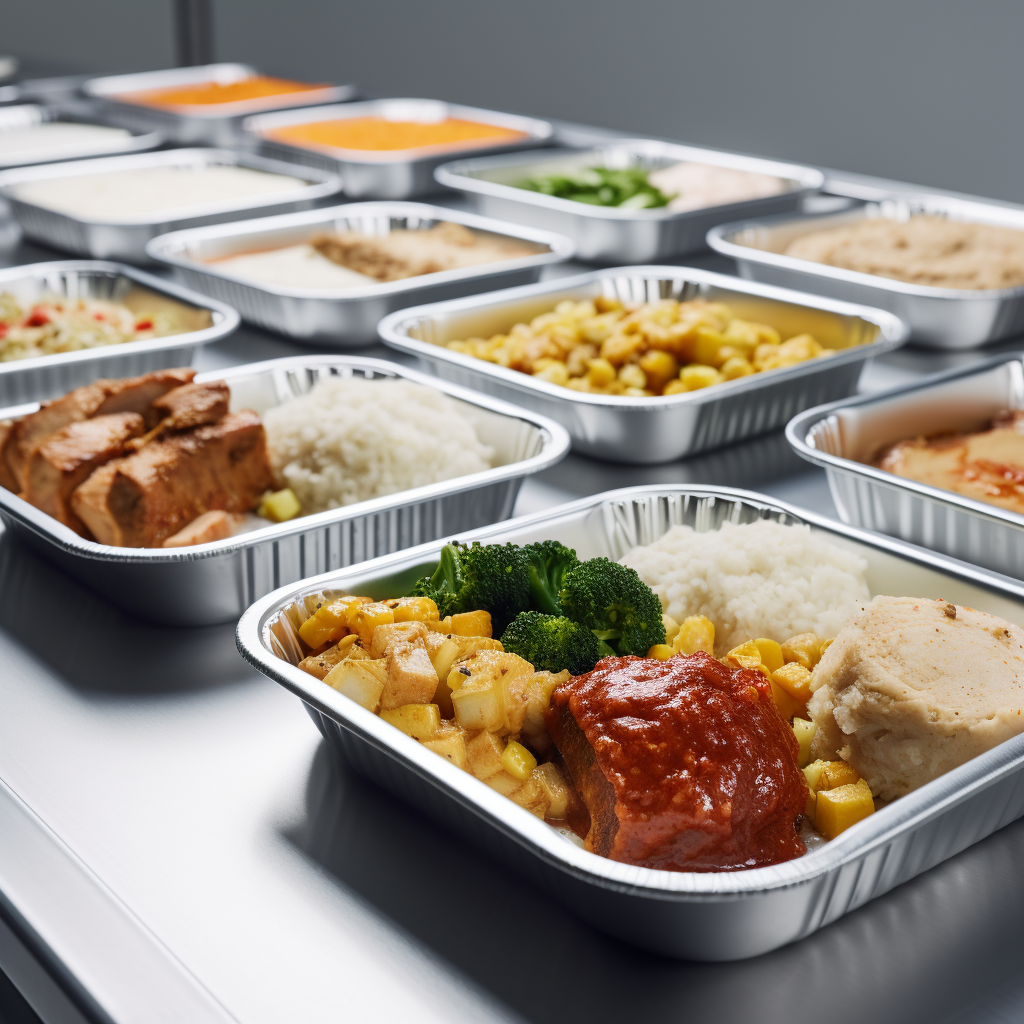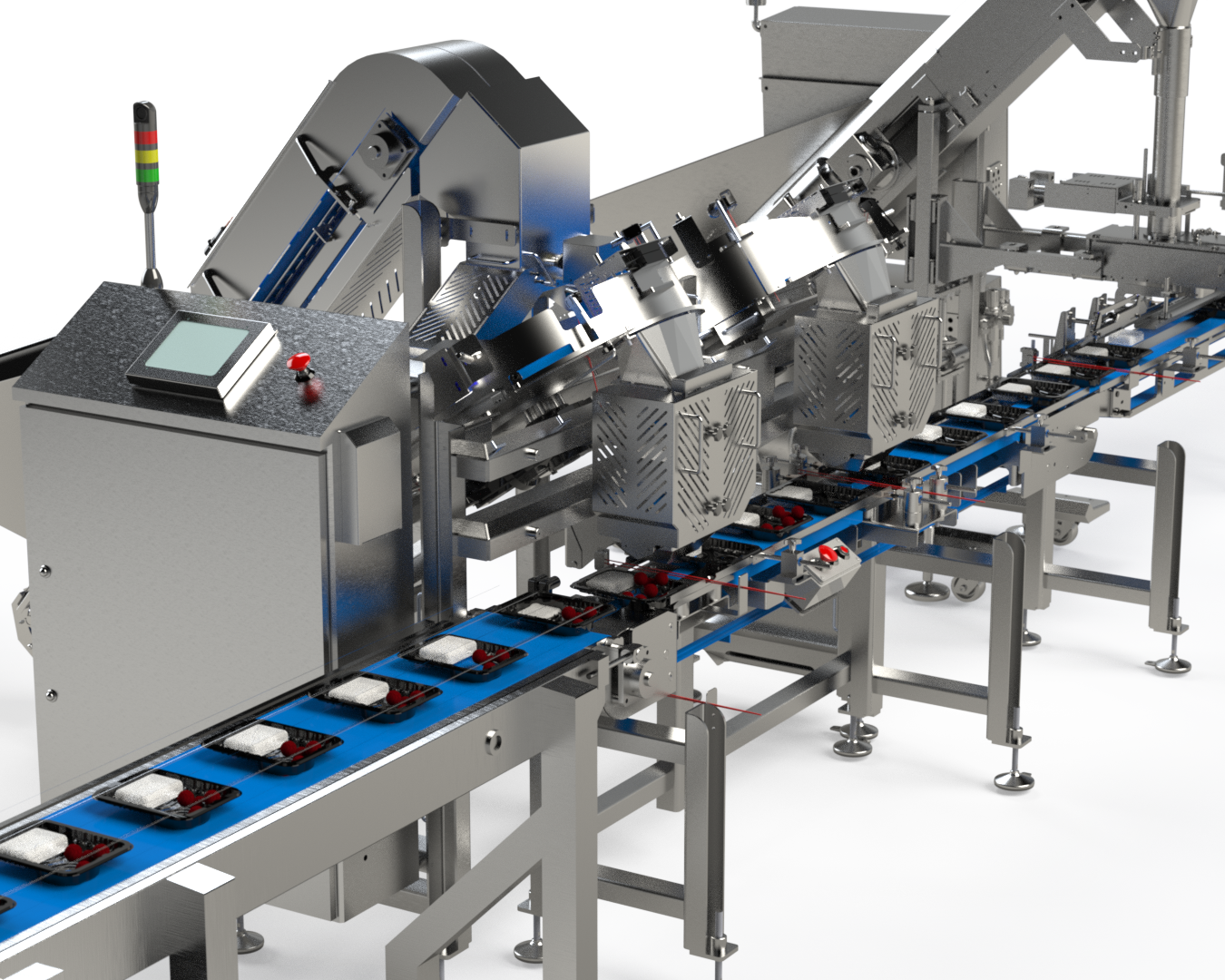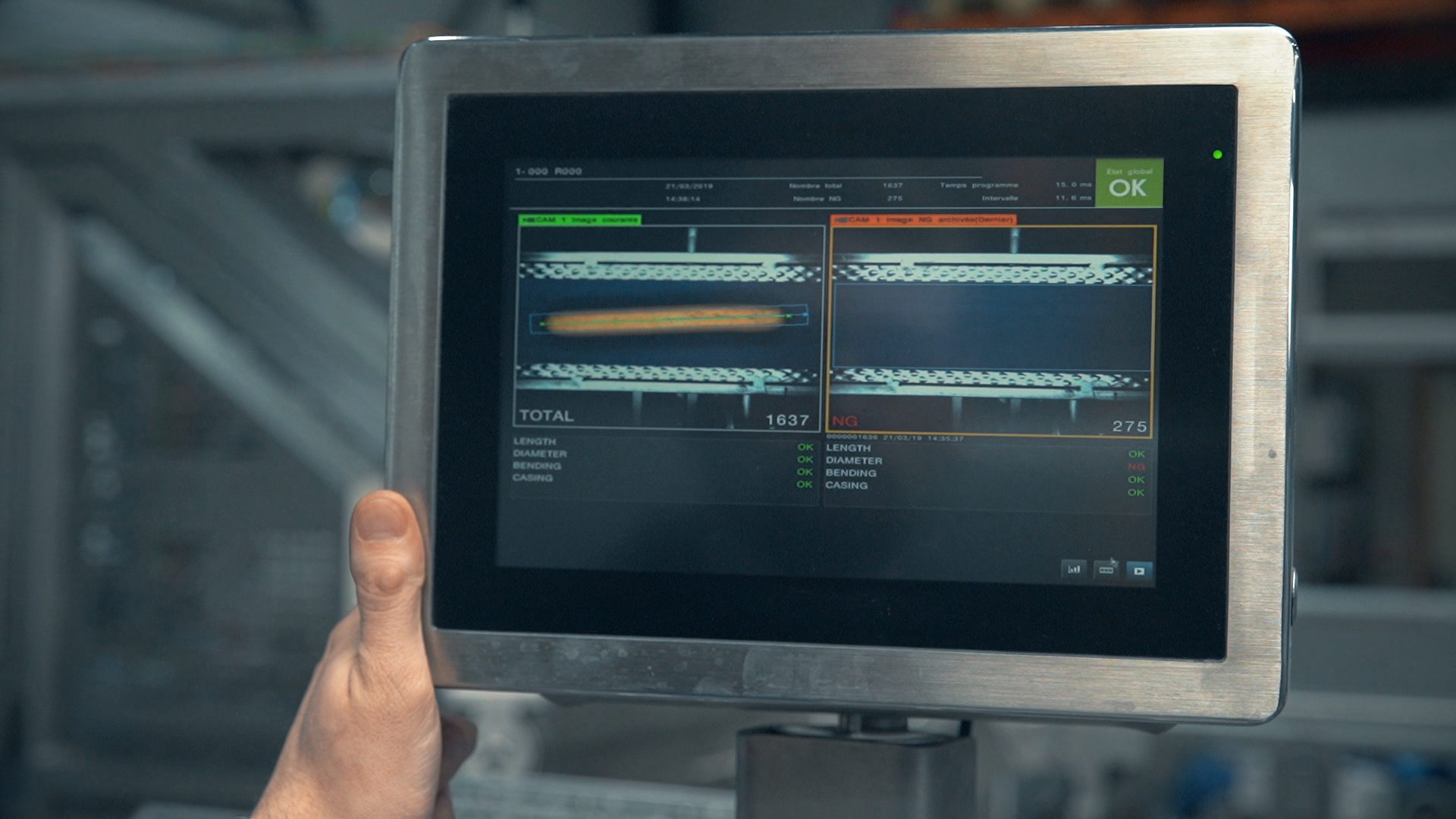The Importance Of Counting Machines For Hygiene
Food hygiene is one of the most important considerations for food manufacturers. If food manufacturers breach health and safety concerns, they’ll damage their reputations and lose many loyal customers. As a result, food manufacturing plants should maintain excellent hygiene in everything they do. Food manufacturers can improve their hygiene hygiene compliance by using quality counting machines.
When purchased from the right manufacturer, these systems:
- Can be easily cleaned — to a microbiological level.
- Have materials that are compatible with cleaning and hygiene needs, such as stainless steel.
- Can be easily inspected and opened
- Have hermetically sealed hollow areas.
- Avoid spaces where food debris might collect and where bacteria and molds might grow.
- Have sanitary operational performance.
- Have a hygienic design of maintenance enclosures.
- Possess hygienic compatibility with other plant systems
Here are a few other benefits of using counting machines for hygiene:
Hands-Off Approach
By using counting machines, you can ensure your employees don’t touch the product, thereby reducing the risk of germs spreading.
This is crucial because germs can be spread from person to person or even from surfaces to someone who touches it, especially if you:
- Touch your eyes, nose, and mouth with dirty hands
- Make food or touch food with unwashed hands
- Touch surfaces or objects that are contaminated
- Blow your nose, cough, or sneeze into hands and then touch someone else or common objects
Moreover, with a
filling machine, your company can avoid having employees manually scooping and filling a product. Consequently, there will be less waste and spilling, saving you money and time.
Lower Risk of Contamination
Product recalls happen in the food processing industry due to contamination and other reasons like incorrect labels. Whenever there’s contamination, the product is removed from the market to reduce potential harm to consumers.
Here are a few ways how food becomes contaminated:
- Foreign objects like metal or glass
- Pathogens such as ecoli or salmonella (and other infectious diseases)
- Chemicals from cleaning chemicals or high concentrations of fertilizers
Regular Inspection And Cleaning
Volumetric filling machines need to be cleaned consistently if you want to maintain food industry hygiene standards. Fortunately, these machines are usually easy to clean. You can easily dismantle them for quick and easy cleaning. There are also usually minimal moving parts, a tilt-out hopper, a hinged console, tilt-drip pans, easy head disassembly, and quick belt release.
The best part?
You don’t need any tools to dismantle any part of the machine!
If you’re ready to invest in efficient counting machines to boost workplace hygiene, look no further than Multi-Fill!
All of Multi-Fill’s machines are engineered with the principles we mentioned earlier in mind. They are designed to be as sanitary and easy to use as possible. All of our surfaces are designed with a pitch to shed water and prevent pooling. We also include full washdown instructions with every machine. Additionally, you will not require any tools to clean our machines — they can be disassembled and reassembled quickly and easily by hand. In fact, the process takes only a few minutes!
Moreover,
Multi-Fill’s carefully engineered volumetric filling machines will fit easily into any filing system, while being compliant with all food safety and hygiene requirements.
Contact us today to boost your hygiene practices with high-quality electronic counting devices!
Designing a food filling line: Product is king



Stay in Touch
Product news, tips, subscribe to our newsletter:
Contact Us
We will get back to you as soon as possible.
Please try again later.














